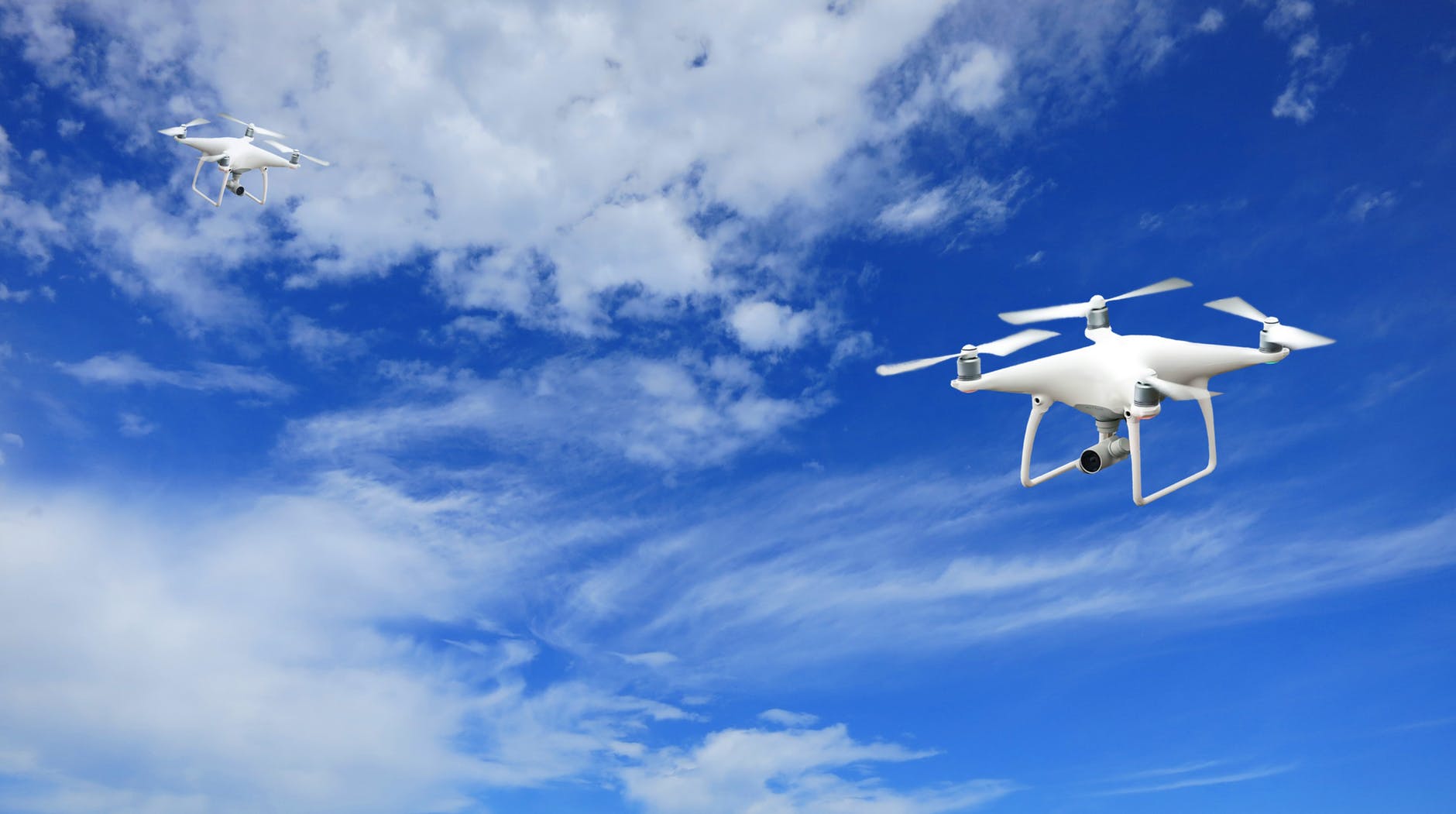Look Out: Drones Are Taking Off in the Real Estate Industry
Whether they’re used to show off the beautiful landscapes around a property or stunning home exteriors, flying cameras can help to produce compelling and dramatic shots for real estate marketing purposes. For this reasons, drones have already begun to impact the real estate industry in a big way.
Law enforcement and national security organizations have been using drones for commercial operations and to conduct scientific research for many years because drones, also known as unmanned aerial vehicles (UAVs), are capable of capturing high-quality bird’s eye view images of land and property, providing a wide-angle perspective of the target area.
Today, the real estate industry is starting to make use of drones to showcase homes with aerial views — the Federal Aviation Administration (FAA) issued its first drone permit for the real estate sector in 2015, according to TIME Magazine.
Here are some ways drones are impacting the real estate industry:
Showcasing Properties with Aerial Photography
Aerial drone photography and even drone-captured videos provide high-quality images for marketing real estate properties. Agents can provide aerial views of the property to potential homebuyers and also map out key details such as area schools, restaurants, shops and parks so that the homebuyer gets a ‘flyover’ view of what it would be like to live in their new residence.
Real estate agents that want to provide a prospective buyer with property maps or create land surveys can do so with drone photography. Drones can also be used to provide flyover views of an entire neighborhood and community — ideal for buyers that may be new to the state or for those who are exploring options from overseas.
Creating Simulation Experiences
The purpose of a walk-through in person, with a real estate agent, is to simulate the experience of living in the home. Drone photography and videos can be used to create simulations by taking close up shots while ‘walking’ around the property and even flying close to the driveway all the way up to the front door or garage. These types of captures can help to create entire property tours that help a buyer visualize exactly what it’s like to live in the home or neighborhood.
Making Photography Affordable
Capturing birds eye views of a property is virtually impossible for most real estate agencies, though aerial photographs could be obtained via helicopter or even with a small airplane. Still, these can cost thousands of dollars to shoot and my not provide the level of detail needed to truly showcase a property for a potential buyer.
Drones, on the other hand, are an economical alternative to these methods and are easier to deploy and use on a regular basis. Instead of having to make arrangements for helicopter or airplane photography sessions for a set of properties at a time, the drone can be used to capture photos as needed, speeding up production time of any marketing materials while keeping costs down. For example, drones with a 20-minute flight time and built-in front sonar to prevent collisions are priced under $1,200 on Amazon.
Rules for Using Drones
Using unmanned aircraft for real estate photography requires compliance with FAA rules and regulations that outline how drones can be used for commercial purposes. Drone operators do not need to have an FAA-issued pilot license but do need to obtain remote pilot certification with a sUAS rating.
Drone operators need to be cautious about how and where they operate their drones for safety reasons and to avoid violating any FAA rules. The agent must obtain permission from the seller to capture drone footage of the property but might also takes steps to ensure neighbors and neighboring properties aren’t captured in the process. Some drones can be noisy so operators also need to be aware of causing interference at the ground level.
Drones are making a big impact in the real estate industry and many drones for commercial use can provide high-quality images at a low cost. Realtors and real estate agencies can make use of drone capabilities, such as flyovers and even fly-throughs of a property to entice, entertain and encourage buyers to move forward with the sale. Creating lifelike simulations using drone photography and videography can be a valuable addition to the sales and marketing process. It’s no surprise that it’s begun to take off.
